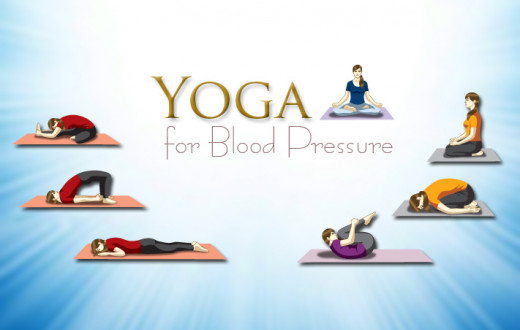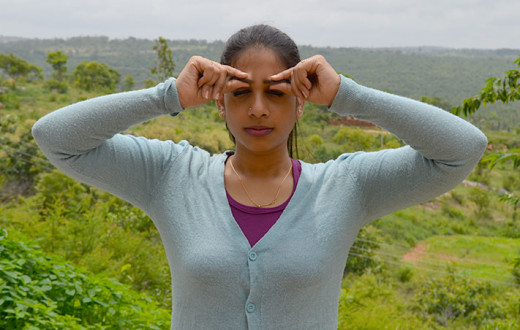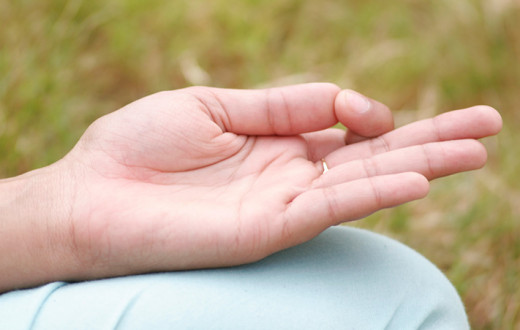There is no doubt that practicing yoga is a great idea—not only for your physical body but also for your mental health and overall vitality.
However, as beginners to this ancient yet currently trendy practice, one tends to make some major mistakes. The key to achieving flexibility, strength, and eventually coming into the “state of yoga” is consistency, practice, and patience.
Some common mistakes beginners make include:
1. Comparing yourself with the person on the next mat
One of the most effective ways to injure yourself in yoga class is to look at what the person on the next mat is doing and try to match their stretch or reach. We all have different body types and shapes, which vary because of genetics, age, injuries in the past, the food we eat, and so on. The person on the other mat might be a former ballerina, might have been practicing yoga for years, or is more flexible by birth. But instead of focusing on your own experience and your own body, if you begin to compare and push your body where its not ready to go yet, you will no doubt make this huge mistake.
2. Comparing your body to how it was twenty years ago, four years ago, or even during the last class
Remember yourself when you were six years old? You used to do cartwheel on the grass, perform a full wheel pose effortlessly, or just sit in the full lotus pose for an hour! Yes, that was when you were a child, when your body was not exposed to stress and negative emotions. It was before you sat on desks for hours or gave birth. Maybe you were able to do a certain pose in last week's class but aren't able to today. The important issue is not to compare yourself or your body strength and flexibility to times gone by. Say to yourself, "At this moment, this is where I am—with this breath and this body".
3. Pushing your body too hard without awareness
A common mistake beginners make is when they think "yoga will be a piece of cake. I have been doing exercise / aerobics / playing tennis / horse riding (or any other physical activity) for years. This will be no problem for me". Although some yoga poses might seem relatively easy and simple from the outside, they work deeper muscles tissues and have to be practiced with awareness and care. Beginners especially want to push themselves at the outset, driven mostly by pride and the need to prove themselves fit. Unfortunately, this leads to soreness the next day. Worse is pushing the body to levels its not yet ready to go to and getting injured. So just carefully listen to the instructions of the teacher and also to your own body and do not force yourself.
4. Inconsistency in your practice
Usually, one feels so open and relaxed after a yoga class that they can't wait to tell all their friends about it and come right back the next day. Yet, eventually and inevitably, daily life comes into play and we get distracted by work, family responsibilities, social life, and errands and somehow practicing yoga falls to the bottom of our to-do list. A few days pass and then a few weeks and when we finally do go back to class, we are back to square one. A consistent and steady practice—ideally twice or thrice a week in the beginning—helps the body to gradually open up and move further into the poses.
5. Getting impatient with your body, falling into despair, and eventually quitting
After practicing yoga for a while—perhaps a few weeks, a few months, or even years—we become frustrated. Questions like "why isn't my body able to perform certain asanas?" and "why can't I touch my toes yet?" crop up. Eventually, we fall prey to doubt and begin pondering. "Perhaps yoga is not for me". Yet, the beauty and grace of yoga is very subtle and works on many different levels. When in doubt over the effectiveness of yoga, ask yourself how different is the state of your mind now compared to earlier? Aren't you more "flexible" in the mind when it comes to stressful situations? Think about how yoga has helped you relax and breathe better and made you more aware of your own body and how it functions?
If you could relate to any of these pointers, you now know what you were probably doing wrong. So, avoid making these mistakes the next time you roll out your yoga mat and observe the difference in your practice!
This piece was written by Mina Ercel.
About Mina: The seeds of Yoga were first planted in Mina in New York City while she was working in the financial and banking sector in 1999. The search led her to India where she discovered the true meaning of spirituality with her teacher Gurudev Sri Sri Ravi Shankar- founder of The Art of Living. She has been practicing yoga and incorporating its philosophy into her daily life since 2001.
Upon completing Teacher Training Program in 2010, Mina has been actively teaching in Turkey and overseas. In addition to yoga, she works as a Financial Consultant, writes weekly for the International New York Times Turkish edition and is an Art of Living Happiness Program teacher.
Yoga practice helps develop the body and mind bringing a lot of health benefits yet is not a substitute for medicine. It is important to learn and practice yoga postures under the supervision of a trained Sri Sri Yoga teacher. In case of any medical condition, practice yoga postures after consulting a doctor and a Sri Sri Yoga teacher. Find a Sri Sri Yoga course at an Art of Living Center near you. Do you need information on courses or share feedback? Write to us at info@srisriyoga.in













